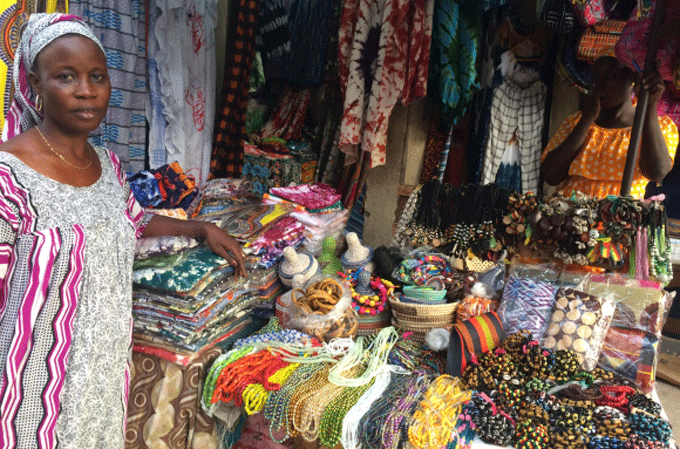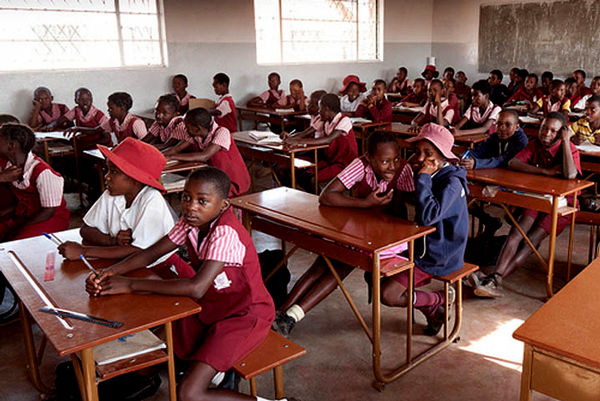
TATIRA ZWINOIRA THE Monetary Policy Statement (MPS) and the national budget are the government’s two major economic policies thus the recent pronouncements by the central bank chief stating that the MPS covers only the formal sector are a cause for concern.
If the MPS only covers the formal sector, then that would be a true reflection of the “anti-poor” national budget.
Proof that these policies are just covering the formal sector despite the existence of a larger informal sector which makes up between 60% and 70% of the economy can be traced in Treasury’s key growth rates.
“The policies are not targeting them (small businesses and informal traders) but what happens is that many are operating informally,” Small and Medium Enterprises Association of Zimbabwe (SMEAZ) chief executive officer Farai Mutambanengwe said.
“This means the government lacks control of the economy because more businesses are operating outside of the formal banking channels and the forex auction platform,” he added.
With forex exchange disparities, between 30% and 40% retail outlets use the official forex rate of US$1:ZWL124.01 while the majority uses the parallel market rate currently at US$1:ZWL240.
This leaves the majority of consumers facing a biting cost of living.
Another glaring disparity which proves that the government is taking care of less than half the economy is Treasury’s growth rate of 7,8% in 2021 and expected industry capacity utilisation of 65% by year end, from 2020 comparatives of -5,3% and 47%, respectively.
- Chamisa under fire over US$120K donation
- Mavhunga puts DeMbare into Chibuku quarterfinals
- Pension funds bet on Cabora Bassa oilfields
- Councils defy govt fire tender directive
Keep Reading
Comparatively, 6,1 million people were facing food insecurity by the end of last year, according to the World Food Programme (WFP).
The official cost of living was ZW$48 051,42 (US$387) in December 2021 against incomes that average half or slightly below half of that amount.
“This economy is highly informalised to the extent that according to the 2019 Labour Force and Child Labour Survey, 76% of all employment in Zimbabwe is now informal,” Labour and Economic Development Research Institute of Zimbabwe founding director Godfrey Kanyenze said.
“The International Monetary Fund (IMF) did a paper (titled Shadow Economies Around the World: What Did We Learn Over the Last 20 Years’ released in January 2018) on shadow economies in the whole world and indicated that Zimbabwe is the third largest shadow economy after Georgia and Bolivia with 61% of their gross domestic product emanating from the informal economy.”
American financial and economic literacy website, Investopedia says, “Consumer spending is the total money spent on final goods and services by individuals and households for personal use and enjoyment in an economy. Contemporary measures of consumer spending include private purchases of durable goods, non-durable goods, and services.”
Proof that consumer spending remains in the informal sector can be seen by the central bank’s estimate that US$1,5 billion worth of notes and coins are in circulation in that sector.
Comparatively, the RBZ reported in its December 2021 monthly economic review that only 0,49% of the total money supply of ZW$475,36 billion (US$3,8 billion) was in the formal banking system.
“Broad money amounted to ZW$475,36 billion in December 2021, compared to ZW$437,92 billion (US$3,5 billion) in November 2021. The money stock was composed of 55,18% in local currency deposits and 44,33% in foreign currency deposits. Currency in circulation constituted the remainder of 0,49% of total money supply,” the RBZ said.
It means, as at the end of December 2021 the central bank recorded that ZW$2,14 billion (nearly US$20 million) in notes and coins were circulating in the economy.
Compared to the estimated US$1,5 billion, there is a huge sum of money not flowing through formal financial channels.
“Since the economic structural adjustment programme launched in 1991, Zimbabwe has undergone rapid de-industrialisation and informalisation; hence we are in this scenario where the economy is highly informalised,” Kanyenze added.
Since that period, Zimbabwe has faced high unemployment, inadequate social protection, poor governance and low productivity which led to unprecedented informalisation.
Meanwhile, the MPS despite its failure to cater for the twin economies, it has also failed to adequately address the elephant in the room, which is the unstable Zimbabwean dollar, amid the rapid depreciation of the local unit, worsened by a volatile exchange rate.
This has severely eroded incomes with prices of goods and services sharply shooting as prices are currently indexed against the parallel market rate.
The erosion of the local currency has resulted in increased demand for payment of wages in foreign currency with teachers downing tools as the school term resumed in February.











